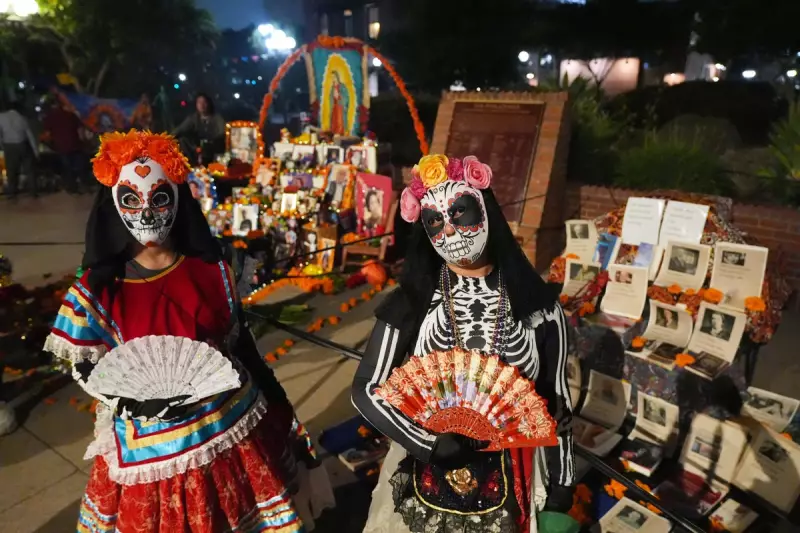
In an extraordinary convergence of ancient tradition and modern archaeology, Mexican families are participating in a groundbreaking project that sees them coming face-to-face with their own ancestors' skeletal remains. This unique initiative is rewriting the narrative of how communities engage with their historical heritage.
When Tradition Meets Science
The project, unfolding across several Mexican states, represents a revolutionary approach to archaeological research. Unlike conventional excavations where remains are typically studied in isolation by experts, this programme actively involves living descendants in the discovery process.
Archaeologists have made an astonishing revelation: many of the uncovered skeletons show clear signs of having been previously exhumed and reburied by their own families generations ago. This practice aligns perfectly with traditional Día de los Muertos (Day of the Dead) customs, where remembering and honouring ancestors forms the cornerstone of the celebration.
A Cultural Bridge Across Centuries
The emotional impact on participating families has been profound. One family from central Mexico described the experience as "completing a circle" that began centuries earlier when their ancestors first buried their loved ones.
"Seeing my great-great-grandmother's bones wasn't frightening—it was like meeting her," shared María González, one of the participants. "The archaeologists showed us how her bones told the story of her life: her hard work, her diet, even how she cared for her children."
Scientific Insights from Ancient Remains
Researchers are gaining unprecedented understanding of historical Mexican populations through these well-preserved remains. The skeletons provide valuable data about:
- Historical health patterns and common ailments
- Dietary habits across different social classes
- Genetic relationships between modern and historical populations
- The physical impact of colonial-era labour practices
Dr Alejandro Martinez, lead archaeologist on the project, emphasises the dual significance of their work. "We're not just studying bones—we're helping families reconnect with their personal history while building a more accurate picture of Mexico's past."
Preserving Cultural Heritage
This innovative approach represents a significant shift in archaeological ethics and methodology. By involving descendants directly in the research process, the project ensures that cultural sensitivity remains paramount while advancing scientific understanding.
The collaboration has already influenced how museums and cultural institutions approach displaying human remains, with greater emphasis on descendant consultation and cultural context.
As Mexico continues to balance modern development with cultural preservation, projects like this demonstrate how scientific inquiry and traditional practices can work in harmony, ensuring that the voices of both the living and the dead contribute to our understanding of human history.





